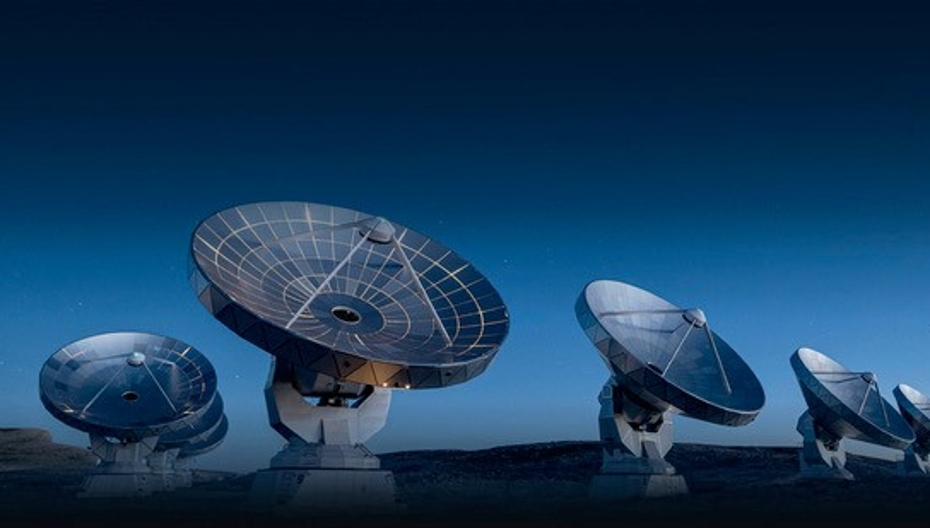News
NWO grant for telescope that can film black holes in colour

The Dutch Research Council, NWO, has awarded a grant of 3.45 million euros to a Dutch team, together with British and Namibian astronomers, that will enable the first colour movies of black holes. The astronomers will build the first millimetre-wave radio telescope in Namibia. It will be a part of the worldwide Event Horizon Telescope network that took the first picture of a black hole. The telescope will help gain a better understanding of the full range of black holes in the Universe, big and small.
Africa Millimetre Telescope
The Dutch Research Council, NWO, has awarded a grant of 3.45 million euros to a Dutch team, together with British and Namibian astronomers, that will enable the first colour movies of black holes. The astronomers will build the first millimetre-wave radio telescope in Namibia. It will be a part of the worldwide Event Horizon Telescope network that took the first picture of a black hole. The telescope will help gain a better understanding of the full range of black holes in the Universe, big and small.
Pioneering role
Principal researcher, Heino Falcke, at Radboud University: "This telescope will be the first of its kind in Africa and will allow us to peer deep into the heart of our own Milky Way. The national funding allows the entire Dutch astronomy community to play a pioneering role in bringing the global Event Horizon Telescope to the next level and help us understand the dynamic and violent processes around black holes."
Co-PI Sera Markoff at University of Amsterdam: "For the first time we will be able to monitor both the black hole horizon and the enormous plasma jets they eject, allowing us to better understand their launch conditions. We will also be able to extend our studies both in 'colour' as well as black hole mass, via flaring black holes that flash on and off in the sky."
"We expect that for many cosmic explosions, such as gamma-ray bursts, supernovae and fast radio bursts, the emission at millimeter wavelengths will be visible earlier on than at other wavelengths such as optical and radio. This means that we will be able to detect these astrophysical phenomena at earlier stages, which, for instance, will allow us to study the formation and growth of powerful plasma flows. The millimeter regime of the electromagnetic spectrum is also crucial to study the structure, speed and power of similar plasma flows ejected by neutron stars and black holes." says co-pi Nathalie Degenaar of the University of Amsterdam.
"It is with great pleasure that we see our colleagues in the Netherlands receiving also national support for the realisation of our common plan to build the Africa Millimetre Telescope here in Namibia. We wholeheartedly congratulate them and are looking forward to continued and increased bi- and multi-lateral collaboration on the construction as well as science exploration of the AMT", says Michael Backes from UNAM.
Radboud Radio Lab
The Radboud Radio Lab is responsible for the development of the telescope and the instruments, in collaboration with University of Groningen and ASTRON. "Building the AMT telescope is a truly collaborative project" says Marc Klein Wolt, project director and director of the Radboud Radio Lab. "I am thrilled NWO supports the telescope’s infrastructure with this grant and am looking forward to finally build the telescope with UNAM and our other partners",
The construction and operation of the telescope will also be supported by a guarantee of 12 million euros from Radboud University. In 2022 the team were awarded 14 million euros from the European Research Council (ERC) for the scientific research with the AMT.